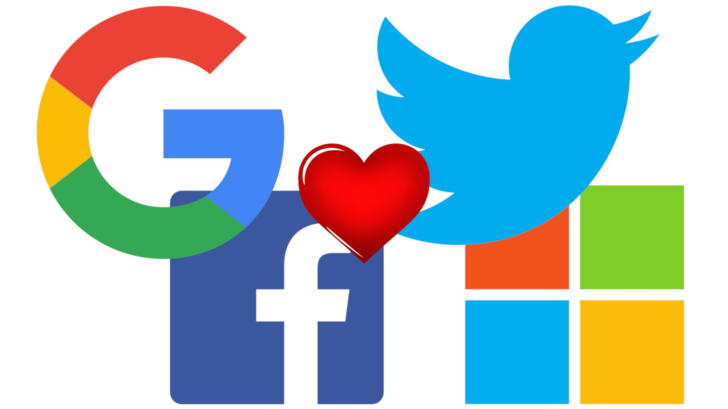From the game OXO (the first virtual tic-tac-toe, launched in 1952) and Tennis for Two (launched in 1958), to Horizon Forbidden West (2021) and Resident Evil Village (2021), the evolution of graphic design in The video game industry has come a long way almost as long as the space race. And this is not little thing.
The Beginnings
For those of us who ventured into video games for the first time with already archaic titles like Pong, by Atari (1972), or revolutionary franchises like Final Fantasy (1997), the evolution of graphics is worthy of respect. From a few pixels to virtual reality, 70 years of history counts as a lifetime for video games.
In its early days, thinking about video games meant playing on big machines. Rough and heavy consoles that could only contain a simple video game, or that required cassettes with the software for each game. They used to be very expensive, so they were only available to a few.
The Force Awakens
The popularity of these devices, however, was so overwhelming that very soon a large number of companies launched into the development and improvement of the technologies involved in video games.
The main attraction of video games was always the feeling of interactivity between the player and the game, which is why first-person shooter games appeared very soon, such as the iconic Counter-strike. But the evolution of graphic design in video games did not stop there. A sleeping giant was awakening, and nothing could contain it.
The need for increasingly sophisticated equipment
It is evident that the more realistic and popular video games become on social networks, the heavier they become, to the point that every few years the machines become obsolete and unable to support new programs. To counteract this, increasingly powerful and faster processors are needed, although this is not the case with all types of games, such as slot games. These types of games are very entertaining, fun and with different styles and themes. For example: famous movies and hit series; ancient cultures such as Greek gods, Egyptian pharaohs or Norse Vikings; beautiful landscapes; retro 8-bit graphics; traditional fruit styles, and much more. In addition, they do not need a large processor or RAM memory to run them efficiently, even from any smartphone.
Digivolution
Like the famous Digimon, video games have rapidly evolved to become stronger, faster, more impressive. And not only the graphics have evolved: Currently, the plot of the story also counts. Like a good novel, but interactive, where you and your friends (or enemies) are the protagonists.
The setting is also not far behind: Where before we had a fixed background, just colored with 3 or 4 tones, now we find three-dimensional spaces, hyper-realistic colors, natural movement, vibrations perceived through the console and simulation of animal life in the landscape. Something that Arcade players (in the mid-seventies) would never have dreamed of.
The pinnacle of graphic design evolution
This also involved an exponential evolution of the hardware. Currently, all the efforts of the companies dedicated to creating the most realistic video games translates into images with photographic quality, light and color effects that have an impact due to their nature, fluid movements and human expressions in the characters.
In some way, the technology applied to the video game industry is at the height of Artificial Intelligence, and what today seems to us the pinnacle of evolution, tomorrow may surprise us with portable holodecks in the best Star Trek style.

Email: ben@satprwire.com Phone: +44 20 4732 1985
Ben has been listening to the technology news for quite some time that he needs just a single read to get an idea surrounding the topic. Ben is our go-to choice for in-depth reviews as well as the normal articles we cover on a normal basis.


